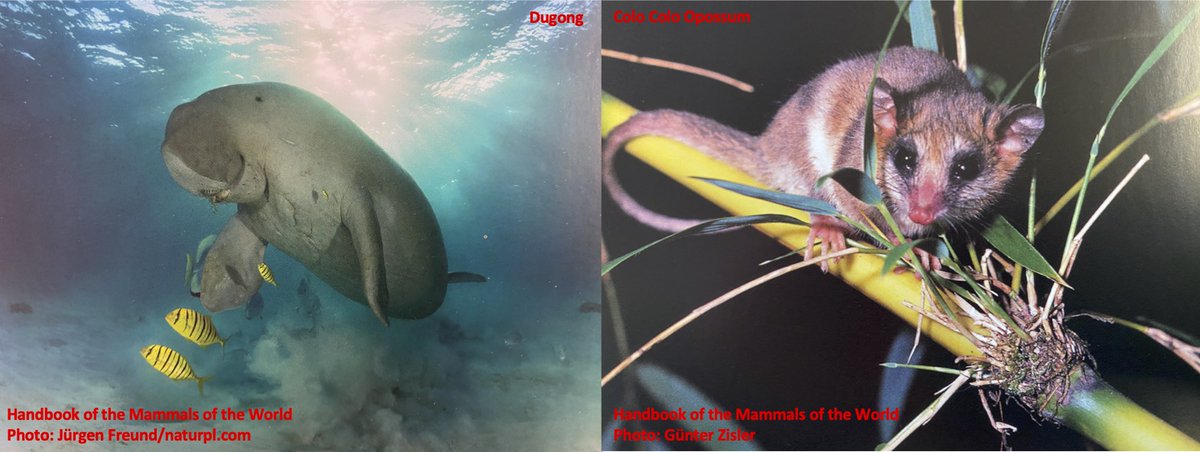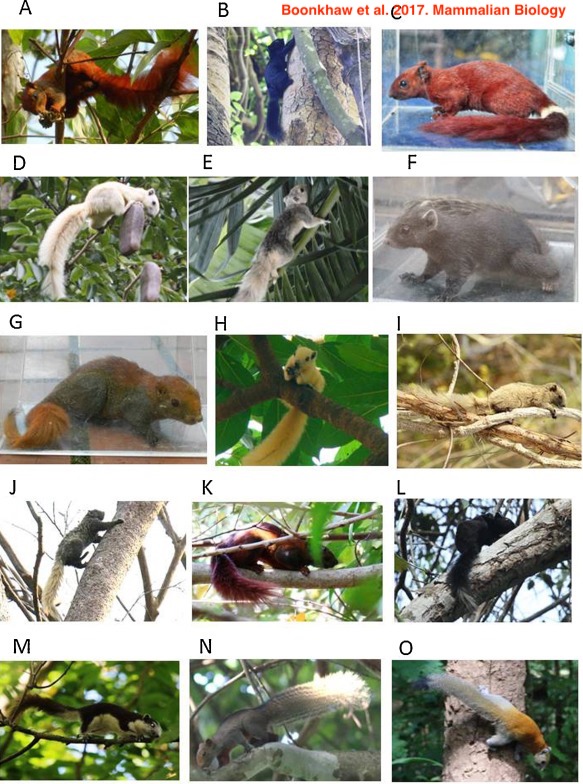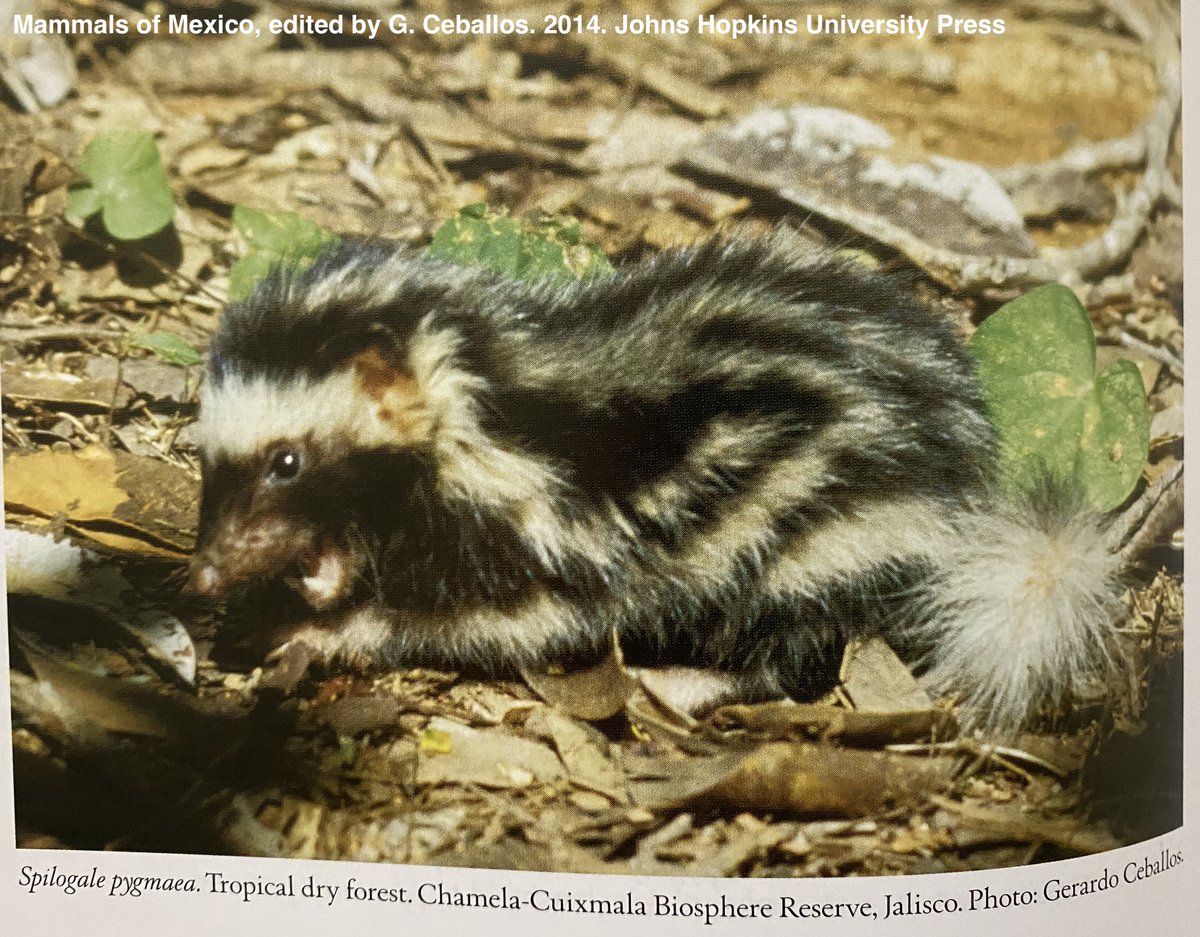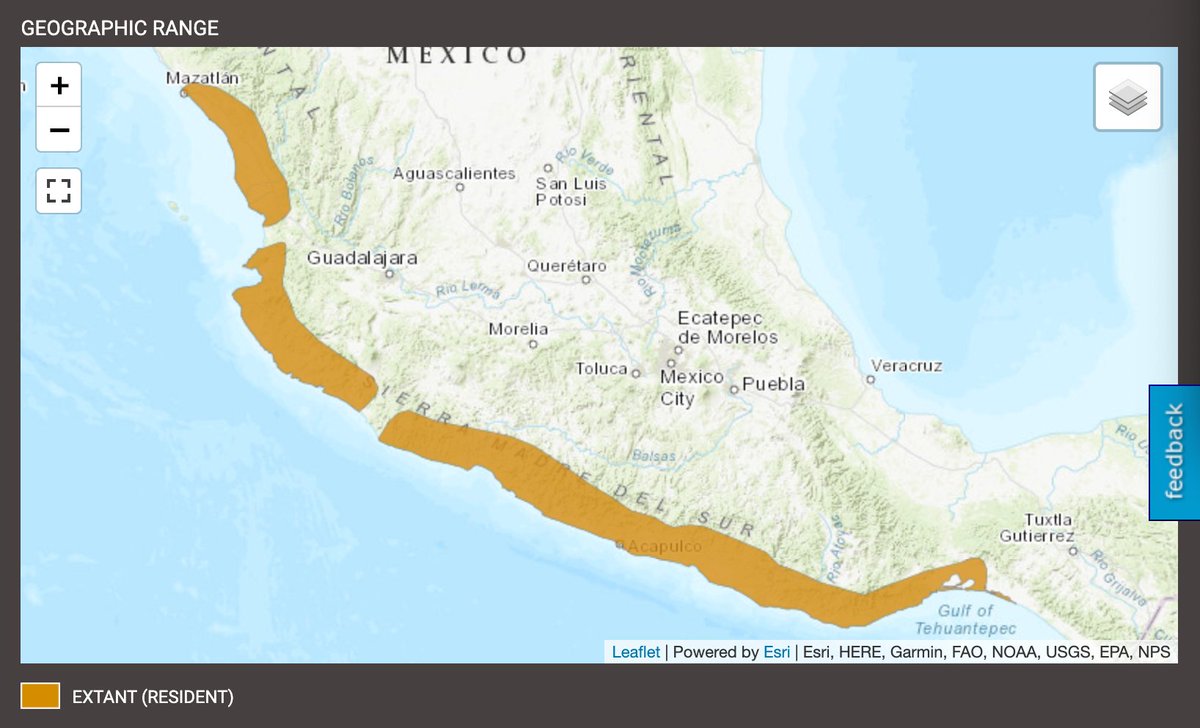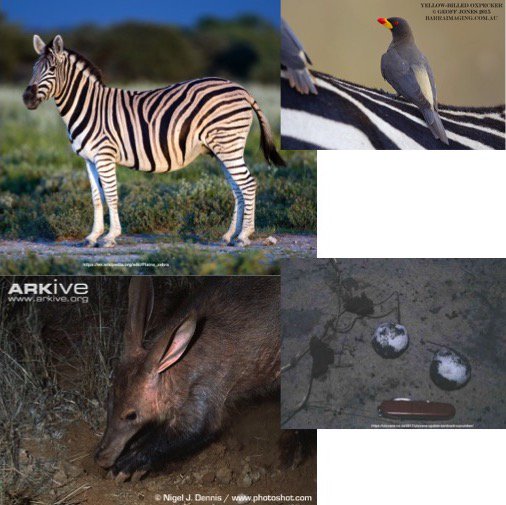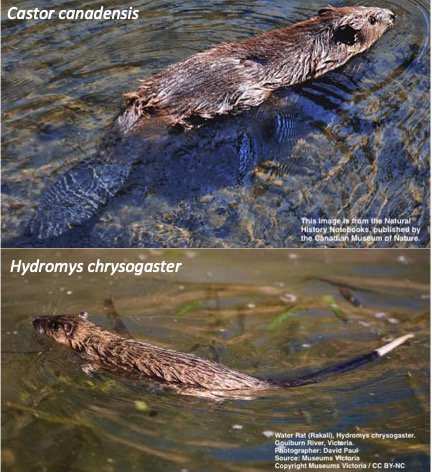
NEXT UP: No.5 seed Red Brocket (Mazama americana) vs No. 12 seed Siberian Weasel (Mustela sibirica) #2021MMM
GET THIS: Red Brocket is RED! This South American deer species is reddish-brown in coloration across most of its body, perfect for camouflage in dense, tropical forests #2021MMM 

Red Brockets are the biggest of the Mazama cervids. Our male Red Brocket is ~4.3 stoats long (145 cm) & he's dense weighing in at 30 kg (136 stoats) #StoatsAsMeasurement #2021MMM
Compared to other deer species in the Americas, Red Brockets are small. But this "smaller" size is beneficial for manuerving in tropical forests & foraging for fruits (INCLUDING FIGS #FigGate), seeds, & other plant-based foods (Bodmer 1991 jstor.org/stable/2388202…) #2021MMM
Siberian Weasel is also Red, In Fur. This lovely mustelid is found across eastern Asia (especially Siberia, hence the scientific name "sibirica") & has a gorgeous yellowish-red coat that it dons in the winter #2021MMM 

Our Siberian Weasel is a bit bigger than your average stoat (Stoats & Siberian Weasels are both #MightyMustelids): ~1.76 stoats (60 cm) in length & weighing in at 820 g (3.7 stoats) #StoatsAsMeasurement #2021MMM
#MightyMustelid Siberian Weasel is a ferocious predator! Similar to other carnivorans, Siberian Weasels have impressive #Carnassials sketchfab.com/3d-models/must… (spin that skull & have a look!) (@Chris_J_Law 2018; academic.oup.com/mspecies/artic…) #2021MMM
Tonight's battle takes place on Red Brocket's home turf: the Reserva Natural Vale in the Atlantic Forest of Brazil. It's a balmy 75 degrees F & Siberian Weasel is toasty warm in his reddish-yellow winter coat ideal for a Siberian winter #2021MMM
In Siberia, Siberian Weasel would be actively hunting & caching food stores all winter (they do not hibernate). His elongate body size & high metabolic rate requires that he eats often #2021MMM
Siberian Weasel bounds loudly through the leaf litter in search of food, preferably a rodent or a bird (Tatara & Doi 1994 link.springer.com/article/10.100…) [video is Siberian Weasels moving around in an enclosure] #2021MMM
Red Brocket is quietly grazing, always on the alert for potential predators (especially felid predators like jaguars & pumas; De Bitetti et al. 2008 doi.org/10.1111/j.1744…) [video is a Red Brocket foraging & being alert] #2021MMM
The bounding Siberian Weasel startles the Red Brocket who freezes in place [gif is a deer staring at headlights] #2021MMM
Siberian Weasel bounds again & lands right in front of Red Brocket! Red Brocket leaps up & emits a sneezelike snort in alarm & lands...... #2021MMM
.....right back in the same spot where he started #2021MMM
Siberian Weasel blinks unalarmingly at Red Brocket & Red Brocket freezes again #2021MMM
Given the temperature rise & his relatively tiny size, S. Weasel is wise to recognize his energy would be wasted on futile exercise... #2021MMM
Siberian Weasel bounds past our statuesque Red Brocket, leaving the playing field in search of a nutritious & energy-packed #TastyMorsel #2021MMM
RED BROCKET OUTLASTS SIBERIAN WEASEL!!! #2021MMM
• • •
Missing some Tweet in this thread? You can try to
force a refresh

